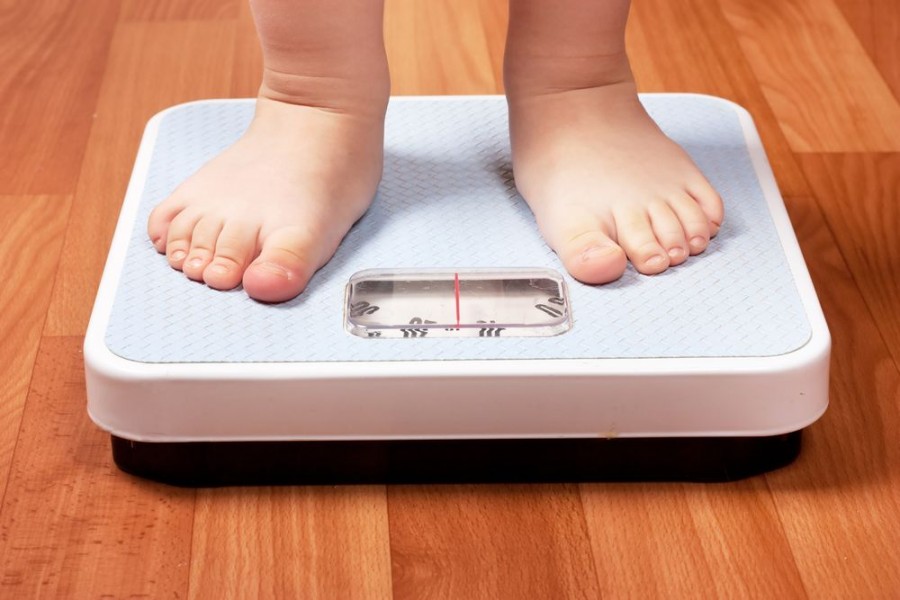What are healthy living habits parents should enforce to decrease the possibility of their child becoming obese? According to the article “Overweight and Obesity” on the website www.kidshealth.org, one out of three children in the United States are considered obese.
Children in this generation spend the majority of their time: watching TV, playing video games, or chatting with their friends on the computer. These social distractions keep the child in a very simplistic routine. There are only so many hours in a day; the more time these children waste on non-physical activities, the less time they have to make their life better.
According to “Overweight and Obesity,” families are more occupied today than they were in the past generation. This leads to the accessibility of fast food meals because the average family has little to no time to prepare healthier meals for their children. According to The Palo Alto Medical Foundation, there exist about 50,000 fast food chains across the United States, with McDonald’s being the largest restaurant chain. Children between the ages of 6 and 14 consume fast food meals 157 million times every month—that’s a lot of Happy Meals. Ninety-six percent of the children between these ages are either at risk or already obese. To top it off, Americans spend nearly $100 billion on fast food every year.
How would you decrease the chance of your child becoming obese? According to Sara Haley, Nutrition Journalist, parents should start off by limiting their child’s choice of eating unhealthy foods. Snacks such as sodas, chips, and candy, are not the proper kinds of fuel that a teenager’s body needs. Junk foods are high in sugar, caffeine, and salt. Parents should not allow junk food to be in a growing teenage body because unhealthy foods lead to many health risks. Taking vitamins and minerals everyday will benefit your body in the long run by keeping your body strong and healthy. Teenagers typically don’t follow strict portion control, at times eating a number of servings, which can increase their calorie intake. Removing these “filler foods” and replacing them with more natural, less processed options will really better the diet of most teenagers in the United States. Haley also states that exercise is the key to battling childhood obesity: teenagers need to move and play to grow up strong and heart-healthy.
Parents need to encourage outdoor activities and sports for their teenager, so that physical activity doesn’t just become a choice, but a life-long routine. Also, parents need to be more aware of their child’s health status so they should talk to their children’s primary physician on a regular basis.
To keep an eye on your child’s health status, make sure to check their BMI (Body Mass Index). Simply check your child’s BMI on any health website online. You’re going to have to input your child’s height, weight, and that will give your BMI result.
These four categories will be shown on the screen after your BMI has been calculated, check what your health status is:
| Underweight | =<18.5 |
| Normal weight | =18.5-24.9 |
| Overweight | =25-29.9 |
| Obesity | =BMI of 30 or greater |
After you see your BMI level, start making goals for yourself to become healthier, if needed. Remember to keep a close eye on your child’s health, be more involved in their healthy living by getting the whole family involved and most importantly, have fun while living healthy.




